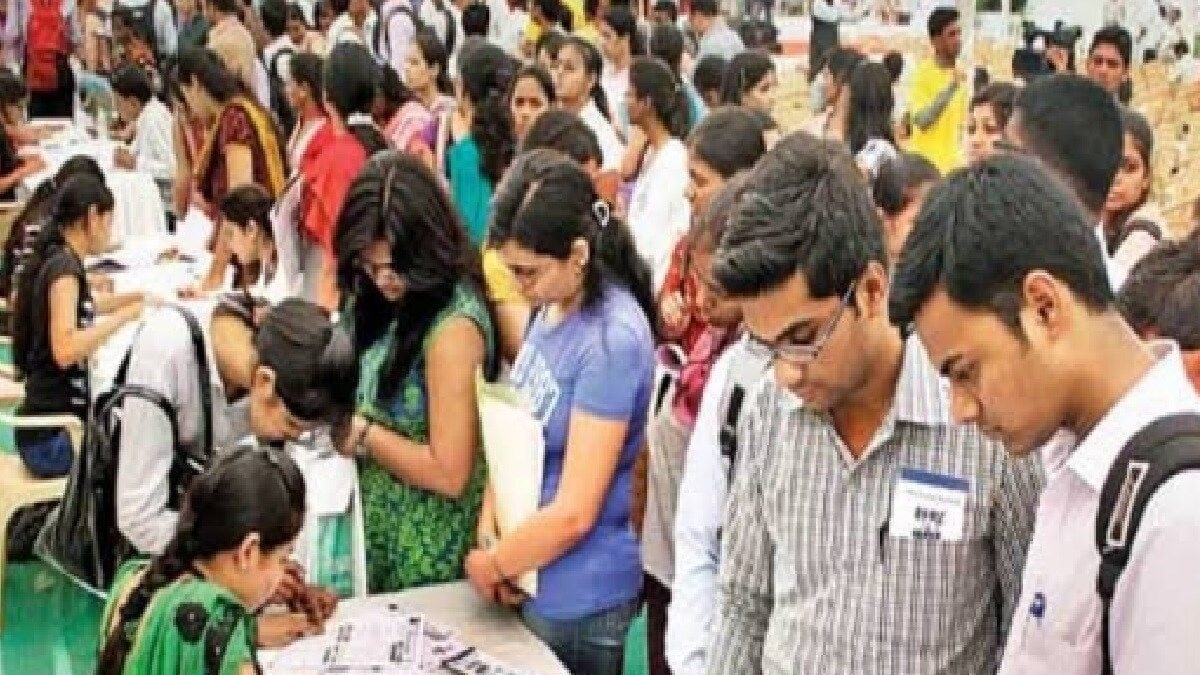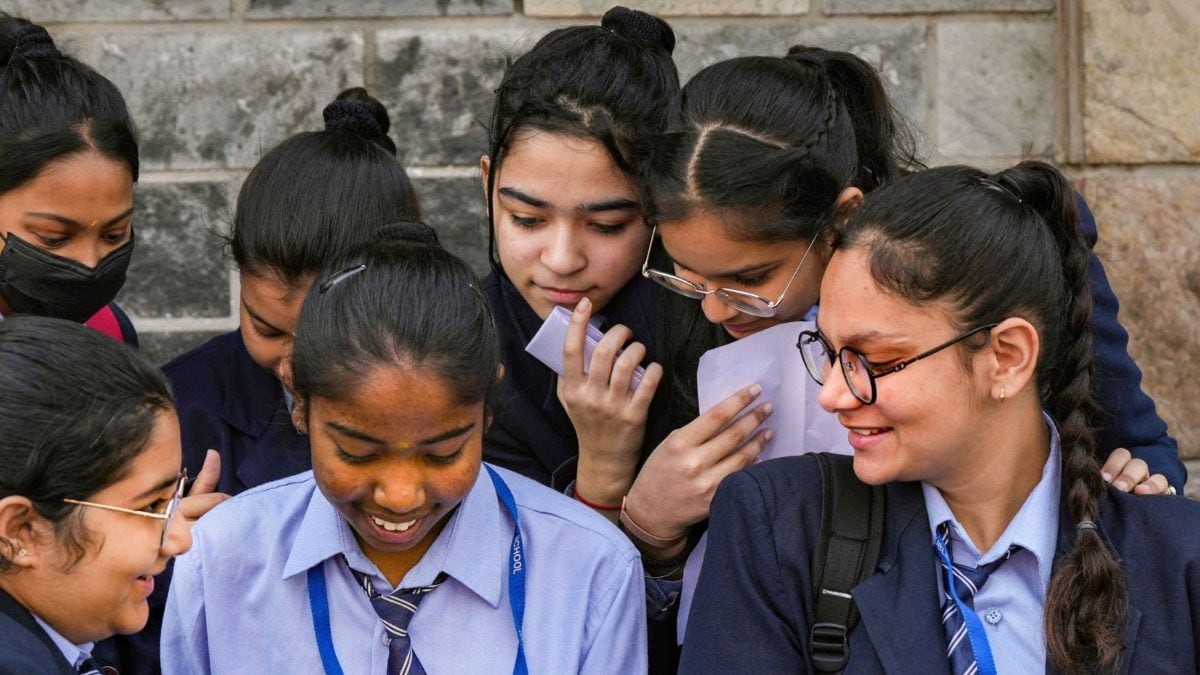[ad_1]
While the Indian Institute of Technology (IIT) Madras retained its position among the country’s top-ranked educational institutes in the ‘overall’ category for the fifth time, some Delhi University (DU) and other colleges moved up and down the charts slightly, according to the eighth edition of the National Institutional Ranking Framework (NIRF) report released on Monday, which also highlighted the lack of teaching faculty with doctoral degrees, a skewed gender ratio in engineering institutes, and quality research being limited to the top 100 institutions only.
Among engineering institutes, IIT Delhi replaced IIT Bombay for the third position in the ‘overall’ category this year. Some of the top IITs including IIT Bombay, IIT Kanpur, IIT Kharagpur, IIT Roorkee, and IIT Guwahati remained on the list of the top 10 institutes in the ‘overall’ category again this year, as per the report, which was released by union minister of state for education and external affairs Rajkumar Ranjan Singh.
In the universities category, the top four remained the same as last year while Banaras Hindu University (BHU) climbed into the top five. Indian Institute of Science (IISc), Bengaluru, remained on top followed by Jawaharlal Nehru University (JNU), Jamia Millia Islamia, and Jadavpur University.
Aligarh Muslim University (AMU) too moved up to the ninth position to feature in the top 10 universities from being in the 11th spot last year.
Among colleges, Delhi University (DU)’s Miranda House emerged on top for the seventh time in a row. DU’s Lady Shri Ram (LSR) College fell to the ninth position from being among the top five last year.
Similarly, Loyola College, Chennai, which used to be among the top five for the last few years fell to the seventh position. St Xavier’s College, Kolkata, moved up to the fifth rank from being in the eighth position last year.
The Indian Institute of Management (IIM)-Ahmedabad has been ranked the top management college in the country, even as three engineering colleges, including IIT-Delhi, IIT-Bombay, and National Institute of Industrial Engineering, Mumbai, made it to the top 10 B-schools list.
All India Institute of Medical Sciences (AIIMS) and Jawaharlal Nehru University (JNU) ranked sixth and 10th in the ‘overall’ category.
The institutions were ranked under 13 categories—overall, university, colleges, engineering, management, pharmacy, law, medical, architecture, dental, research, agriculture, and innovation. They were evaluated on five broad generic parameters including teaching, learning, and resources, research and professional practice, graduation outcomes, outreach and inclusivity, and perception. The agriculture and allied sector category was included in NIRF for the first time this year.
As many as 8,686 applications were received for the rankings this year compared to 7,254 in 2022. The number of categories has increased from four in 2016 to 13 in 2023.
Given the increase in the number of engineering institutes, both government and private, across the country over the past decade, there are challenges in trained faculty and employability of its students, the report said.
According to the findings, of the total 1,61,195 faculty members across engineering colleges, only 44.51% are those holding PhD degrees while the larger chunk, 55.49%, are those with Master’s degrees. Also, those with doctoral qualifications are concentrated in the top 100 institutes only, which it termed a “serious handicap”.
“It was observed that faculty with doctoral qualification is concentrated in the top 100 institutions, remaining institutions have fewer faculty with doctoral degree. This is a serious handicap since mentorship received during the doctoral training can play a vital role in preparing the faculty for a teaching career in higher education,” the report stated.
Data shows that faculty with PhD in the top 100 institutions vary from a minimum of 61.06% in case of colleges to a maximum of 91.60% in case of management institutions. The faculty with PhD in remaining institutions vary from a minimum of 33.27% in case of pharmacy institutions to a maximum of 64.29% in case of universities.
Another important fact was the skewed faculty-student ratio (FSR), the report showed. “There are 421 institutions (33.98%) that qualify the All India Council for Technical Education (AICTE)-prescribed FSR of 20 students per faculty whereas remaining 818 institutions are trying to achieve the norms prescribed by the AICTE,” it said.
Also, 62.48% of the research publications come from the top 100 institutions in ‘overall’ category with the remaining 1,094 participating and eligible institutions contributing the remaining 37.52% of research publications.
The report also showed that the Indian share of the overall world publications is about 4.81%. In the management discipline, the publications share of India is 5.32%.
The NIRF rankings were launched by the Narendra Modi-led government in 2016, which is the only university ranking system in India.
[ad_2]
Source link




